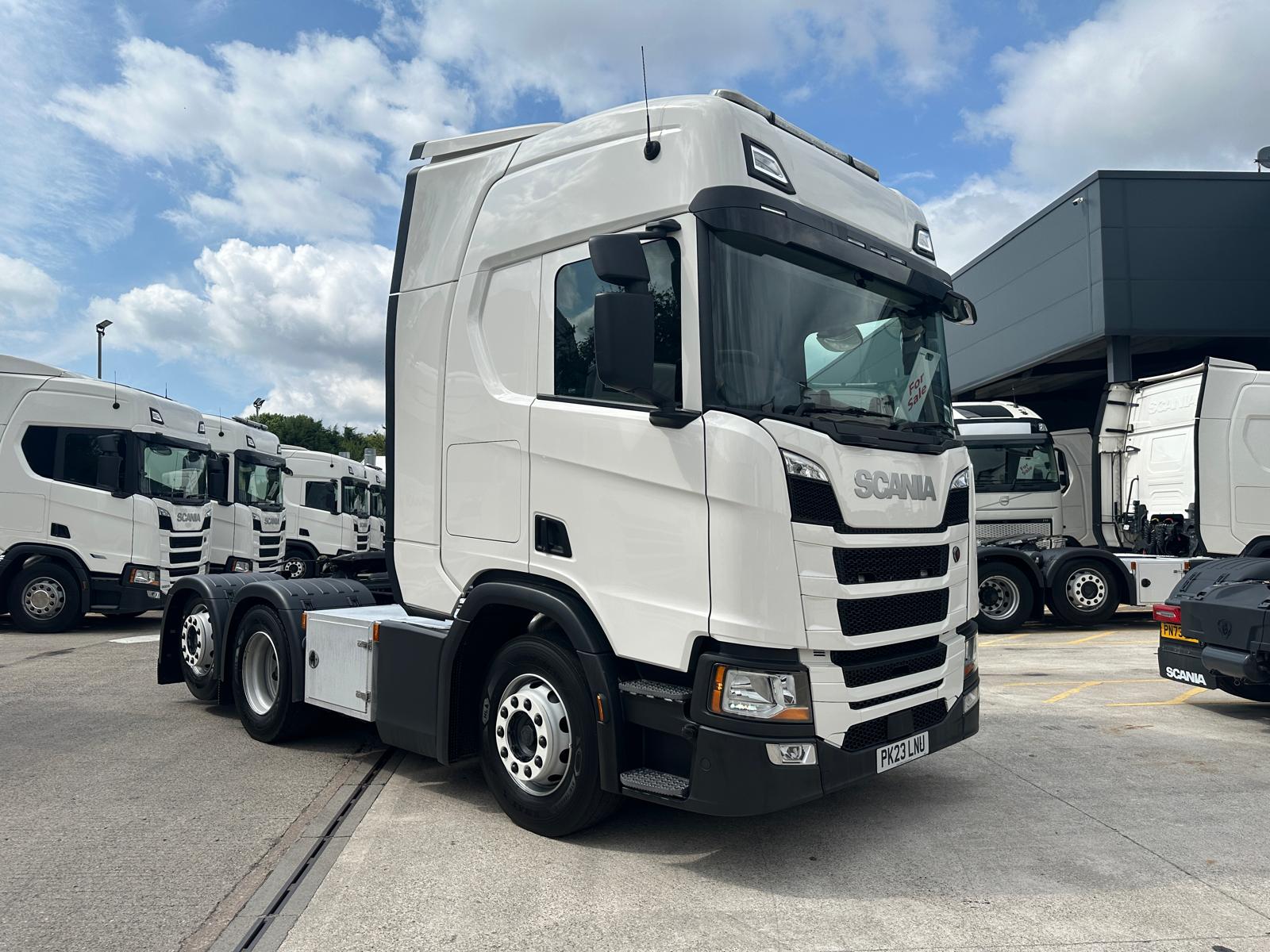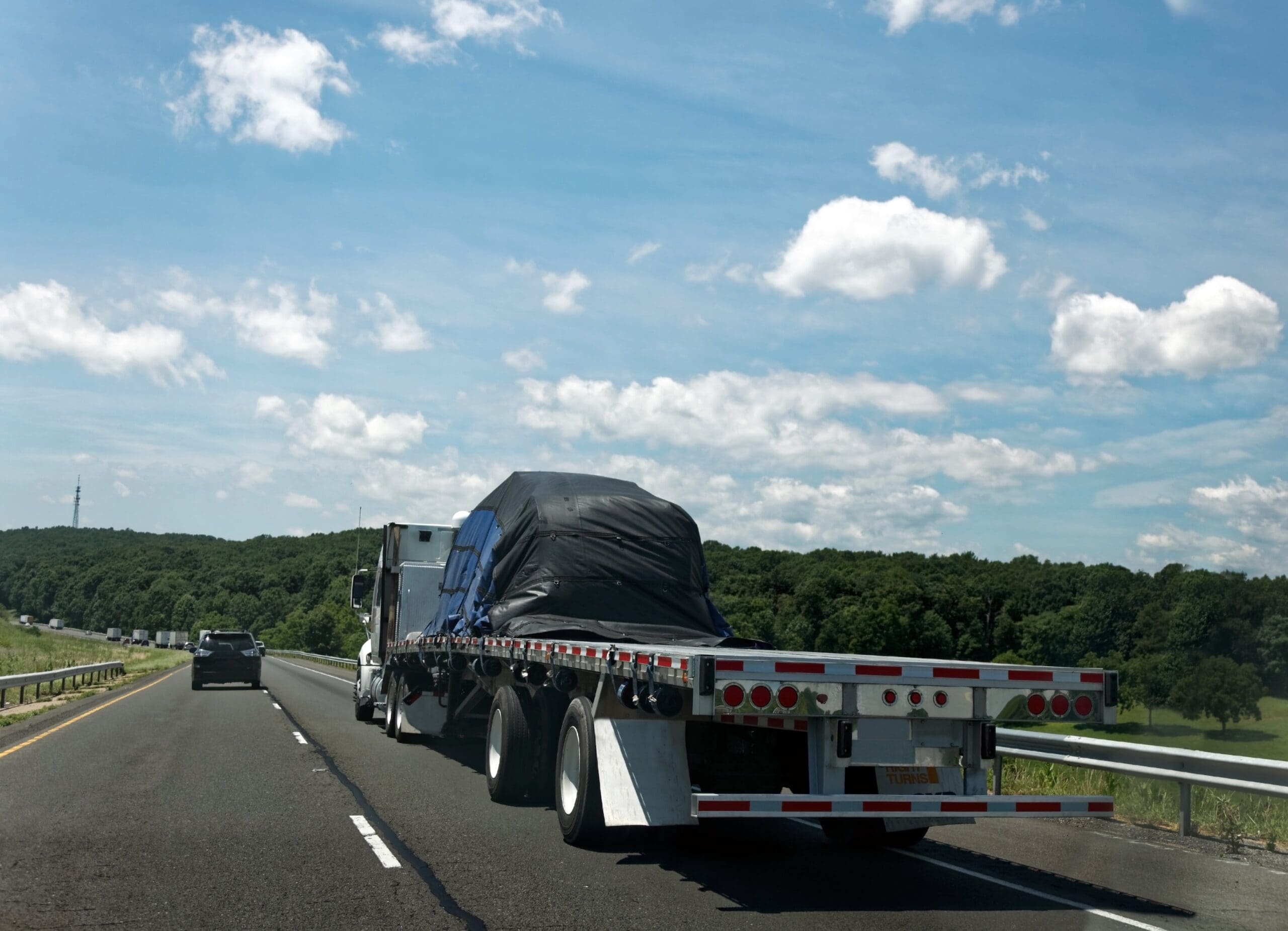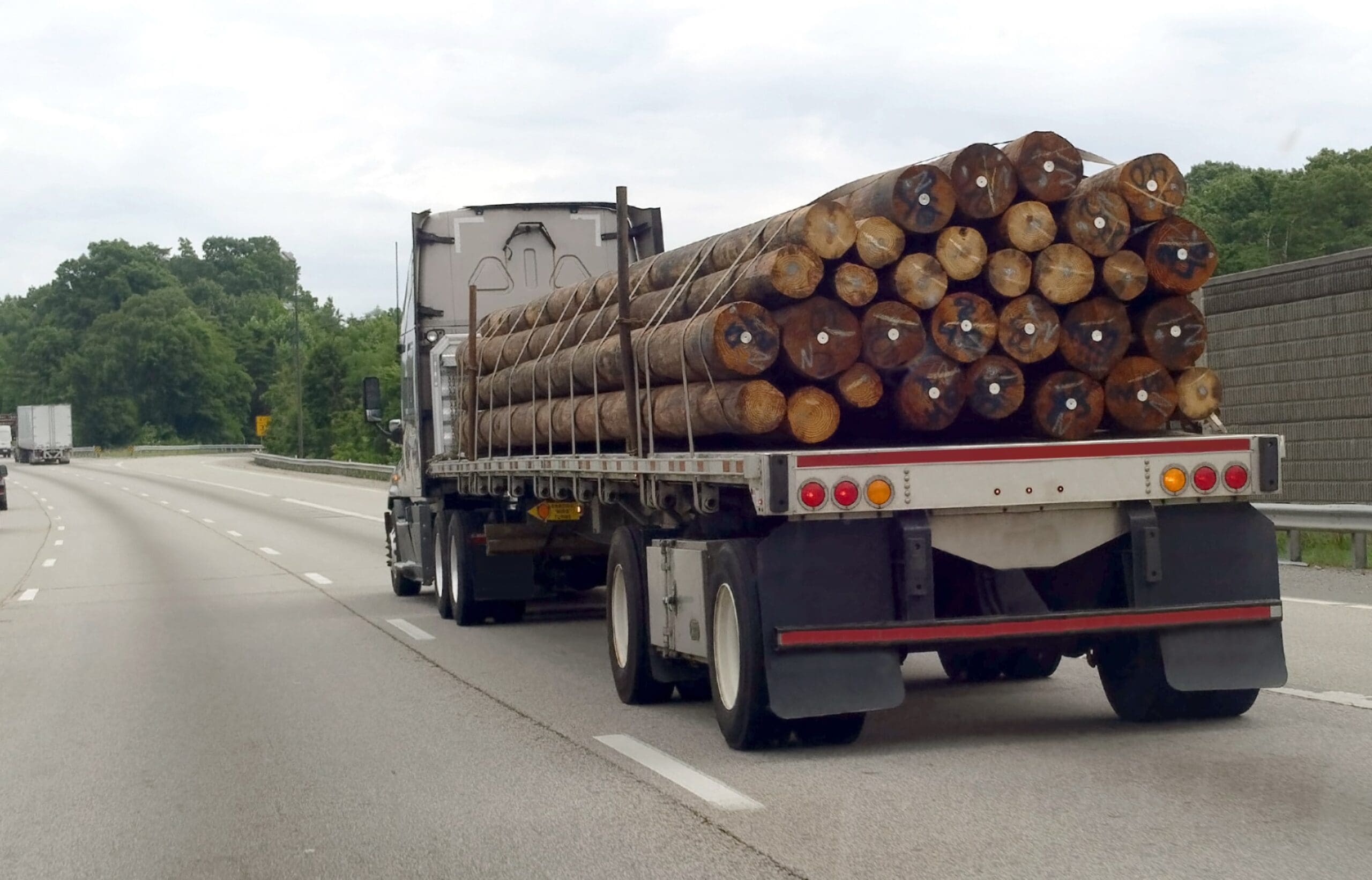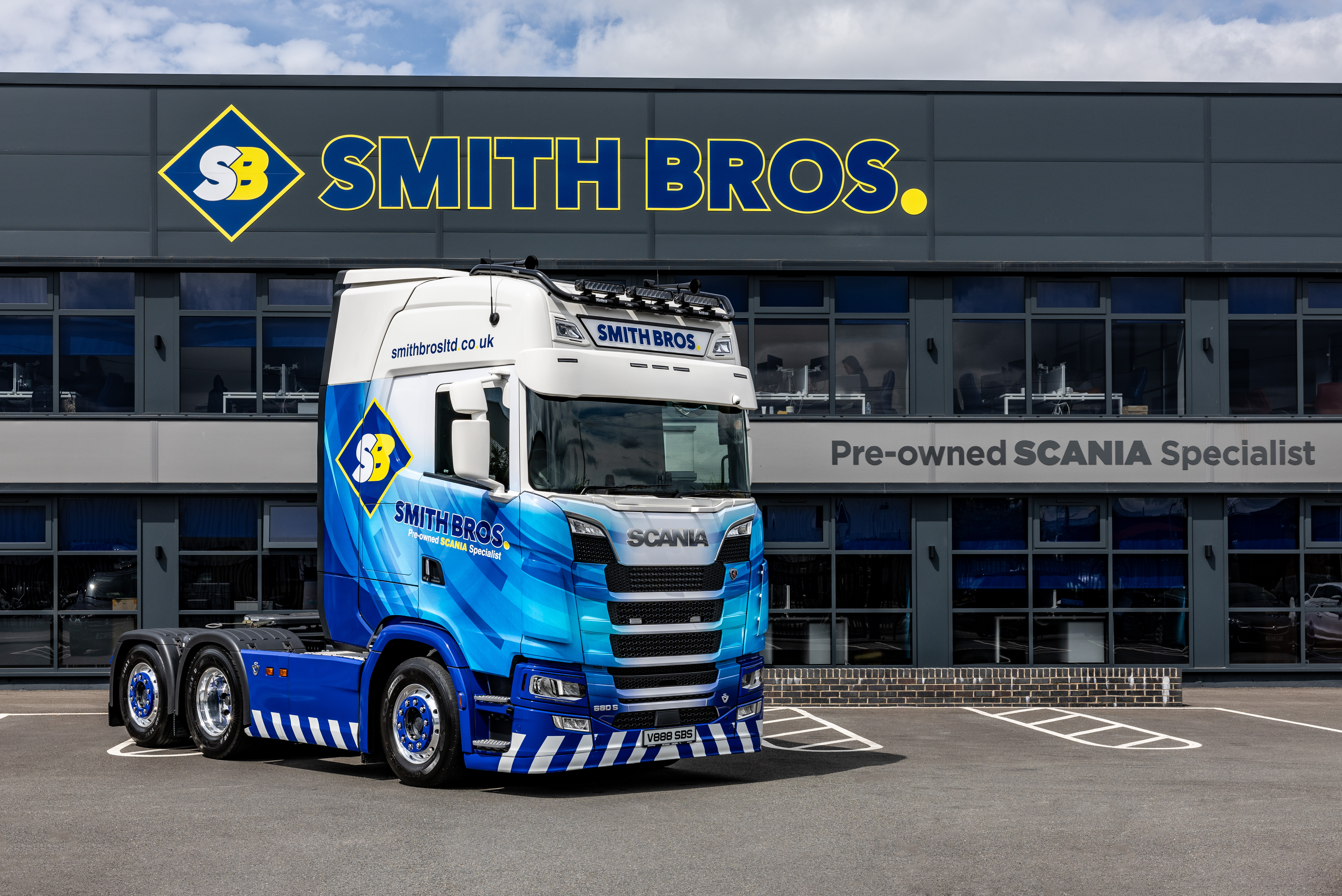Choosing the right flatbed truck for the job
The best way to avoid exceeding the weight limit of your flatbed is by making sure you choose one that is well-suited to the job at hand.
You’ll need to take factors such as the dimensions, weight, loading and unloading method, weather protection, and load security into consideration.
There are a few different types of flatbed truck to consider, all manufactured with specific freight in mind:
– Standard flatbed – Typically used to carry lumber, steel, machinery, or construction equipment.
– Stretch flatbed – Used to carry long loads that would not fit in a standard flatbed.
– Single-drop or step deck – Has a lowered bed, which makes it ideal for tall or bulky loads, such as farm or construction equipment.
– Double-drop or lowboy – Has an even lower bed for carrying tall and heavy cargo, including cars and bulldozers.
– Gooseneck – Has a removable gooseneck that acts as a ramp for driving equipment such as cranes, shipping containers, and construction equipment onto the trailer.
– Conestoga – Has a sliding tarp system to protect the load from weather and keep it more secure in transit, which is ideal for moving loads such as lumber, steel, machinery, wiring, or aircraft parts.









